
Exploring Japan’s Crab Cuisine from Coast to Table
Written by Team MUSUBI
Japan is a haven for seafood lovers, and its crab cuisine stands as a shining star among its culinary treasures. From the snow-covered landscapes of Hokkaido to the coastal towns of Tottori and Fukui, Japan's regions offer a dazzling variety of crab dishes that showcase the nation’s dedication to freshness and flavor. Each bite tells a story of tradition, seasonal abundance, and regional pride, making crab feasts an unmissable experience, especially during the winter months.
Join us as we explore the diverse world of Japanese crab cuisine—its iconic varieties, signature dishes, and the best places to indulge in this seafood delight.
table of contents
A Brief Overview of Japan’s Love for Crab Cuisine
Japan, a nation blessed with abundant marine resources, has long cherished the bountiful gifts of the sea that sustain those who call this land home. Japan boasts an impressive diversity of crab species, but none are more celebrated than the "Three Great Crabs"—zuwai-gani,“snow crab”; taraba-gani, “king crab”; and ke-gani, “horsehair crab.” Among them, snow crab boasts the longest culinary history, making it a true staple of Japanese seafood culture.
It is believed that snow crabs first appeared in the Echizen and Wakasa regions during the Azuchi-Momoyama period (1574–1600 CE). Historical records from the mid-Edo period (1603–1868 CE) detailing the local products of various domains indicate that snow crabs were among the earliest crab species to be actively harvested. As a large and prized delicacy, snow crabs were undoubtedly considered a luxury at that time.

In Japan, people place great importance on the seasonality of ingredients, and for most types of crab, their peak season aligns with winter—a time that also marks the celebration of the New Year. While it is traditional to prepare or order osechi dishes for the New Year, more and more people are now opting to enjoy crab as part of their festivities, as well.
Osechi cuisine is known for its symbolic ingredients, each carrying a wish for good fortune and prosperity in the coming year. Similarly, crab has long been considered a food of good omen. One reason lies in the upward and downward motion of its claws, which is believed to invite good luck. Additionally, when cooked, crab turns a vibrant red, a color in Japanese culture that symbolizes vitality, prosperity, happiness, and protection from misfortune.

Enjoying crab during the New Year is not only a seasonal delight but also a meaningful way to welcome a fresh start with hope and positivity.
Japan’s love for crab goes far beyond its presence on New Year’s tables. Every year, regions famous for their abundant crab harvests—such as Hokkaido, Fukui, Tottori, Toyama, Ishikawa, Hyogo, and Shimane—host a variety of kani matsuri, or “crab festivals.” These vibrant events offer visitors the chance to savor an incredible array of crab dishes prepared using diverse cooking techniques, creating a feast for both the eyes and the palate.

These festivals showcase the culinary artistry—from steaming and grilling to boiling and sashimi-style—that elevates crab into a true delicacy. For seafood lovers, attending a kani matsuri is an unforgettable way to experience Japan’s deep appreciation for this seasonal treasure.
Regional Crab Specialties
There are approximately 6,000 known species of crab worldwide, with around 1,000 of them thriving in the waters near Japan. Yet, out of this abundance, only about ten species are regularly harvested and distributed for culinary use. From the cold northern seas off Hokkaido to the shores along the Sea of Japan, each of these select varieties boasts its own distinctive texture, flavor, and irresistible charm.
Zuwai-Gani

Zuwai-gani, commonly known as snow crab, is also called “Echizen gani” when harvested off the coast of Fukui Prefecture in Japan’s Hokuriku region, an area formerly known as Echizen. Raised in nutrient-rich waters where warm and cold currents converge, zuwai-gani is prized for its densely packed, springy flesh. This slender-legged crab offers a lighter, more subtle flavor profile, with fine, delicately sweet meat that is often enjoyed boiled or gently steamed to preserve its pure character. Its graceful balance of taste and texture reflects the coastal regions’ emphasis on pristine ingredients and gentle cooking methods, ensuring a dining experience that is both nuanced and unforgettable.
Taraba-Gani

The hefty taraba-gani stands out as a prized delicacy in the cold, nutrient-rich seas off Hokkaido. Renowned for its thick, meaty legs, it offers a satisfyingly sweet taste that lends itself perfectly to simple preparations such as steaming or boiling. Its substantial texture and subtle sweetness make it an ideal introduction to Japan’s robust crab culture.
Ke-Gani

Also hailing from Hokkaido, the ke-gani, also known as horsehair crab, is smaller and more delicate, yet no less esteemed. Its tender, succulent flesh carries a refined sweetness, while the rich kani miso, or “crab roe,” hidden within its shell adds depth and complexity. Whether savored on its own or paired with fresh vegetables, the horsehair crab embodies the artisanal elegance of northern Japan’s culinary traditions.
Iconic Crab Dishes
In Japan, the methods of preparing and enjoying crab can vary significantly depending on the region. For example, in Hokkaido, a region famous for its fresh seafood, the two primary preparation methods are boiling and sashimi. These simple styles best highlight the crab’s naturally firm texture and subtly sweet flavor, allowing you to savor the pure, ocean-fresh essence of crab.
To the west of Hokkaido, boiling remains a mainstay, but you’ll also encounter an array of other cooking techniques. One popular approach is to use a donabe, or Japanese clay pot, to create dishes like kani-suki or kani-chiri. Here, the crab is simmered alongside a variety of vegetables, infusing the broth and produce with its rich, briny aroma. Beyond these methods, steaming and grilling are also common, reflecting the distinct culinary traditions and regional character found only in places where crab is harvested locally.
In the Kanto region, kani-suki is equally popular. The perfect vessel for relishing this dish is the elegantly crafted Sakura Soup Bowl with Lid, adorned with delicate cherry blossom motifs. When serving, simply ladle both the crab and its fragrant broth into the bowl, allowing you to savor the crab’s tender sweetness alongside the garden-fresh aroma of the vegetables. Thanks to its fitted lid, the bowl helps maintain the meal’s warmth, while its refined appearance makes it an excellent choice for special occasions and celebrations.
A freshly boiled crab, with its vibrant orange hue, is undoubtedly a centerpiece that draws every eye at the table. The Yazaemon Lace Cut Bowl, with its distinctive perforated design, allows excess moisture to dissipate from the crab’s surface, while its perfectly proportioned size makes it ideal for presenting a whole crab. Adorned with auspicious motifs, this bowl is not only aesthetically pleasing but also well-suited to everyday use.
As we conclude our journey through the rich and flavorful world of Japanese crab cuisine, it’s clear that these delicacies are more than just food—they're a celebration of tradition and nature. When the winter chill sets in, consider treating yourself to a crab feast that not only satisfies your appetite but also adds a touch of seasonal indulgence to your dining experience.
Let the flavors of Japan’s crab cuisine inspire your next culinary journey—because there’s always more to discover on the plate.





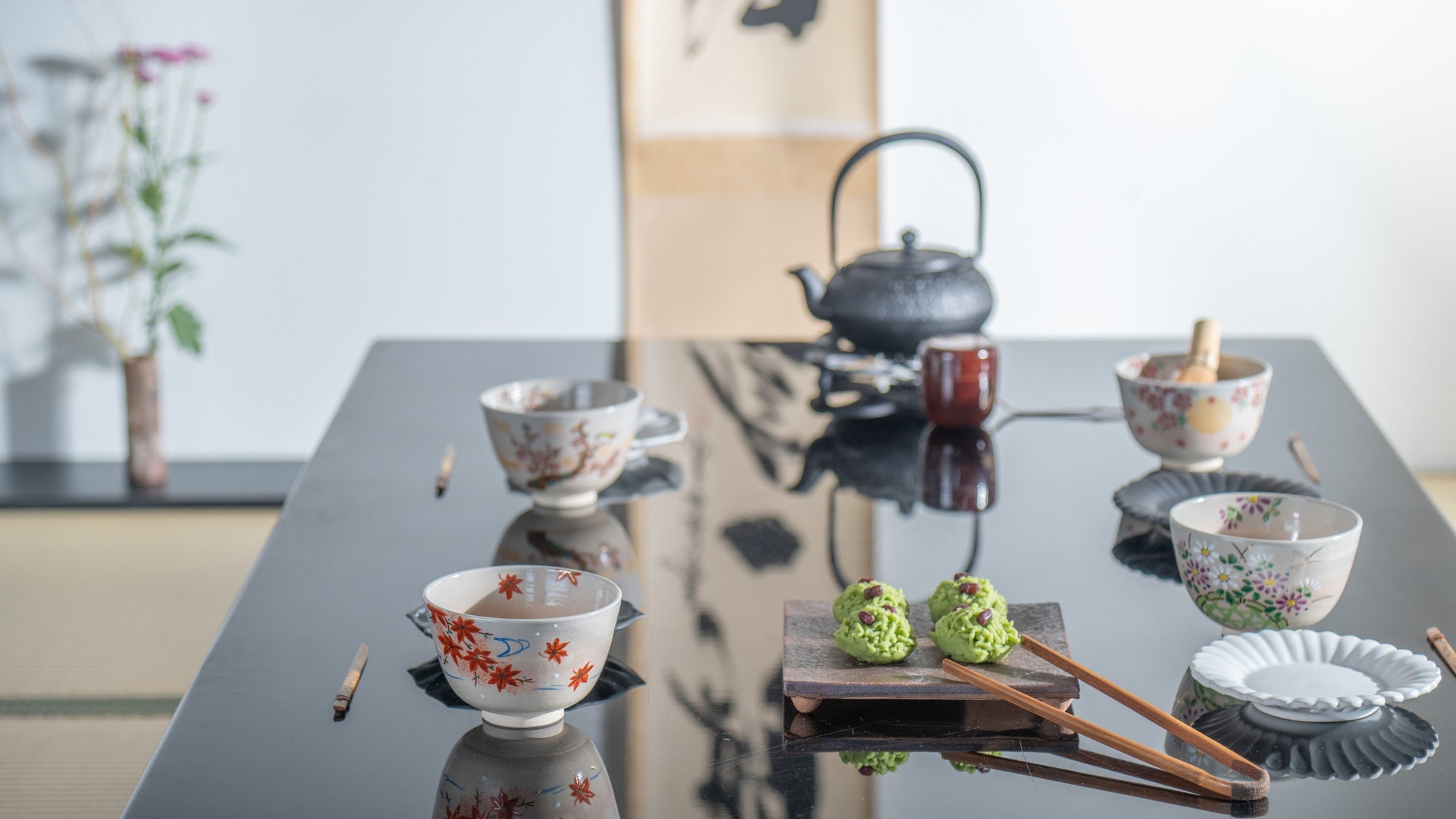
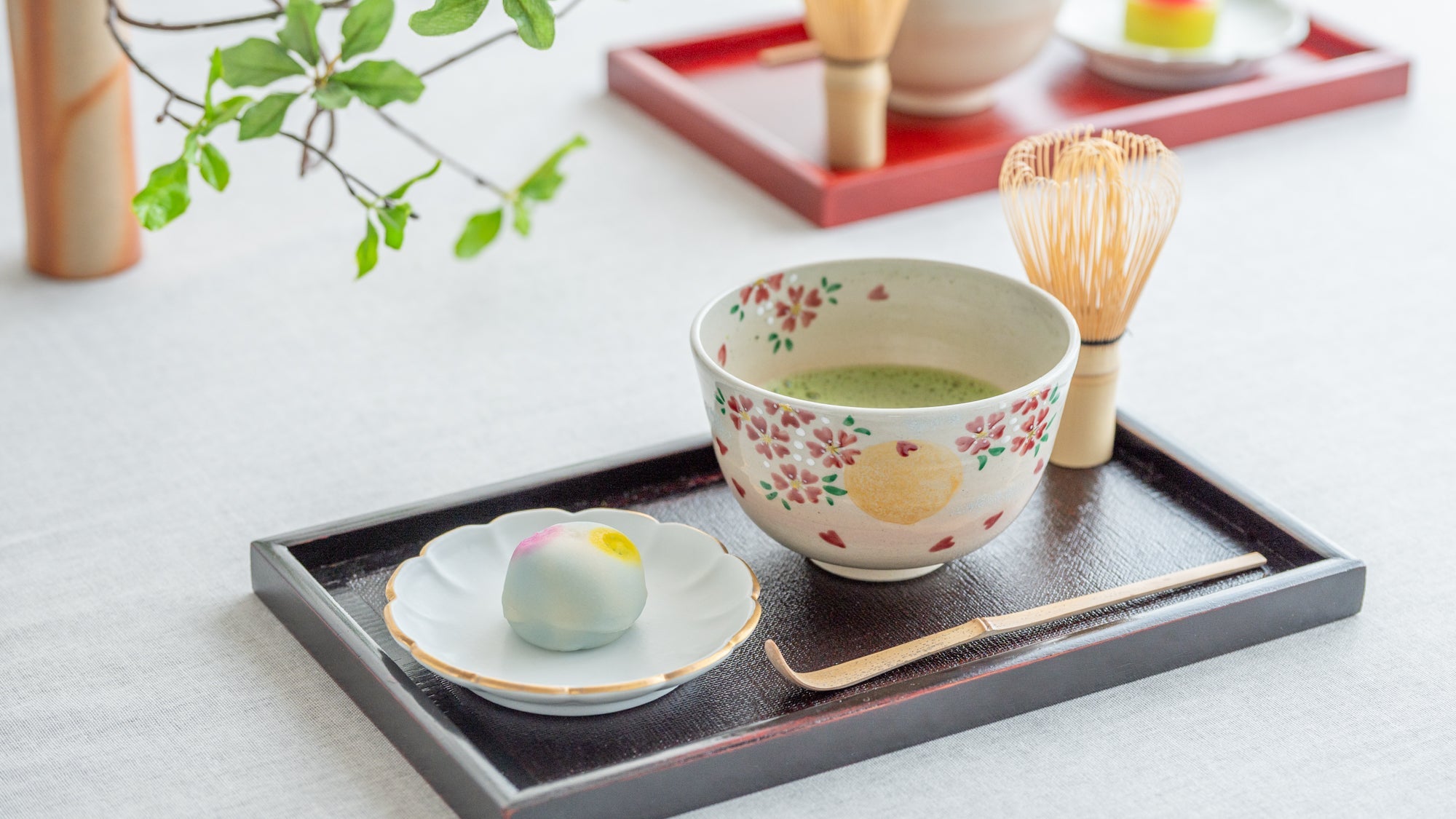
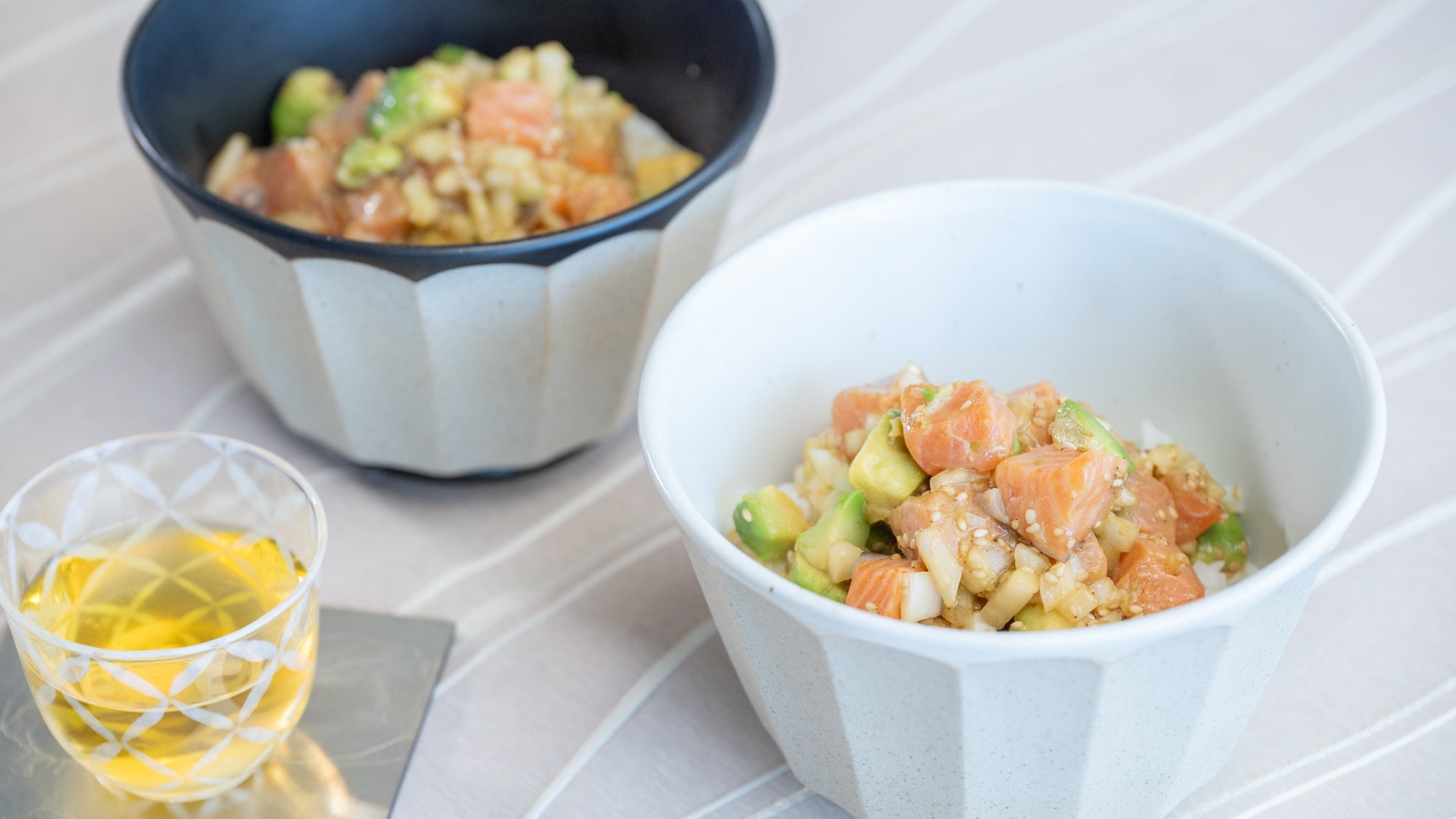
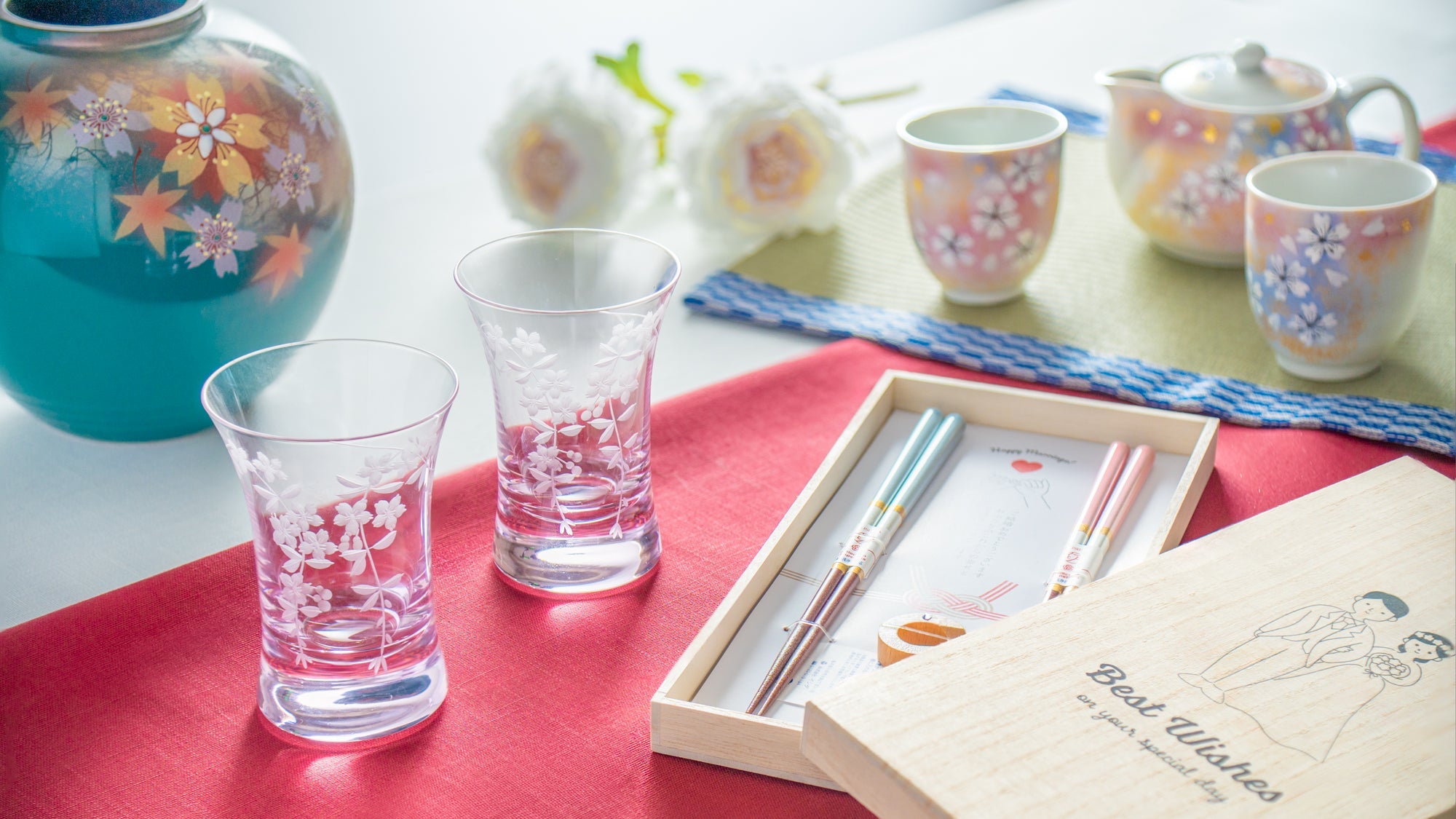
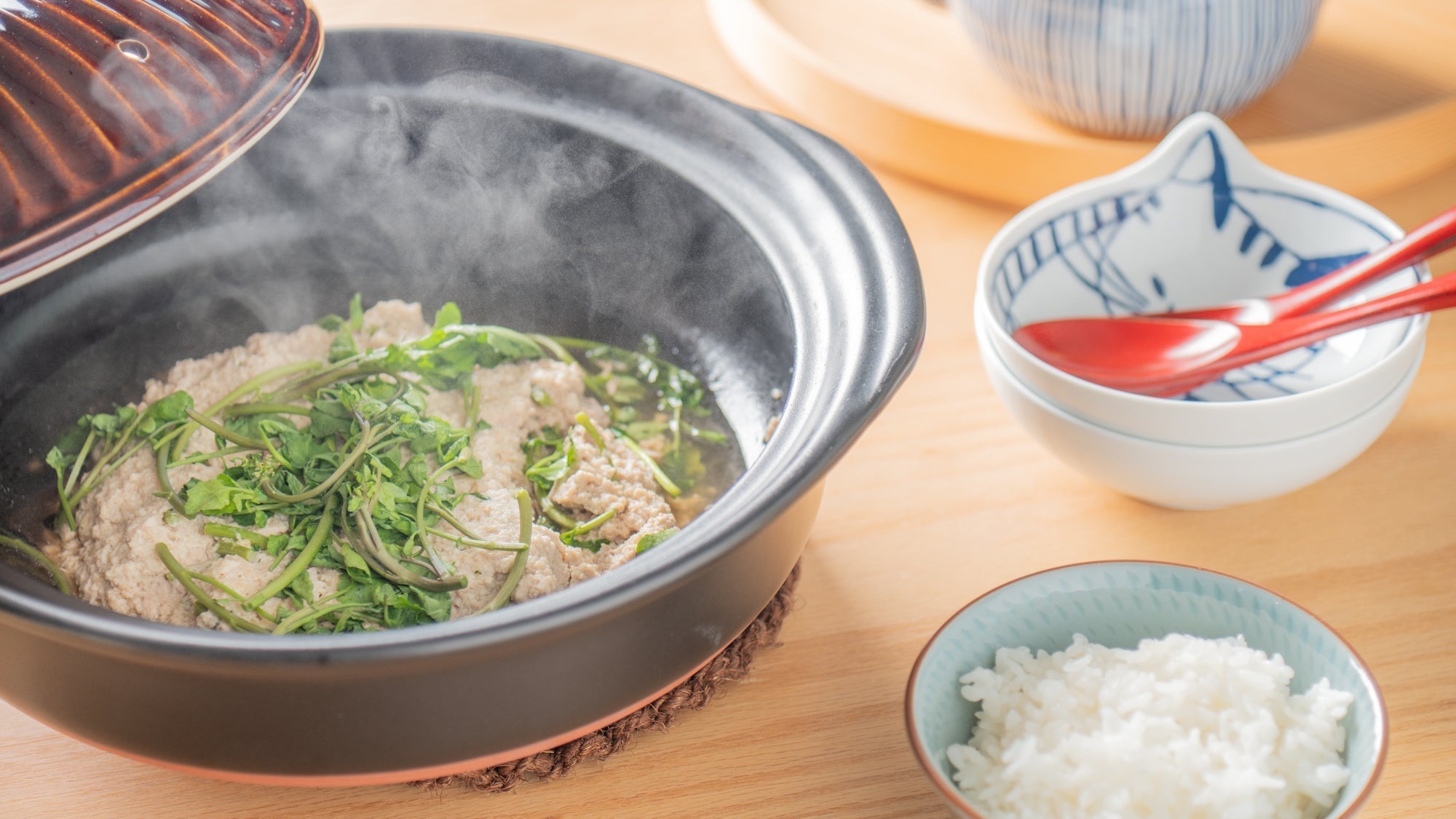
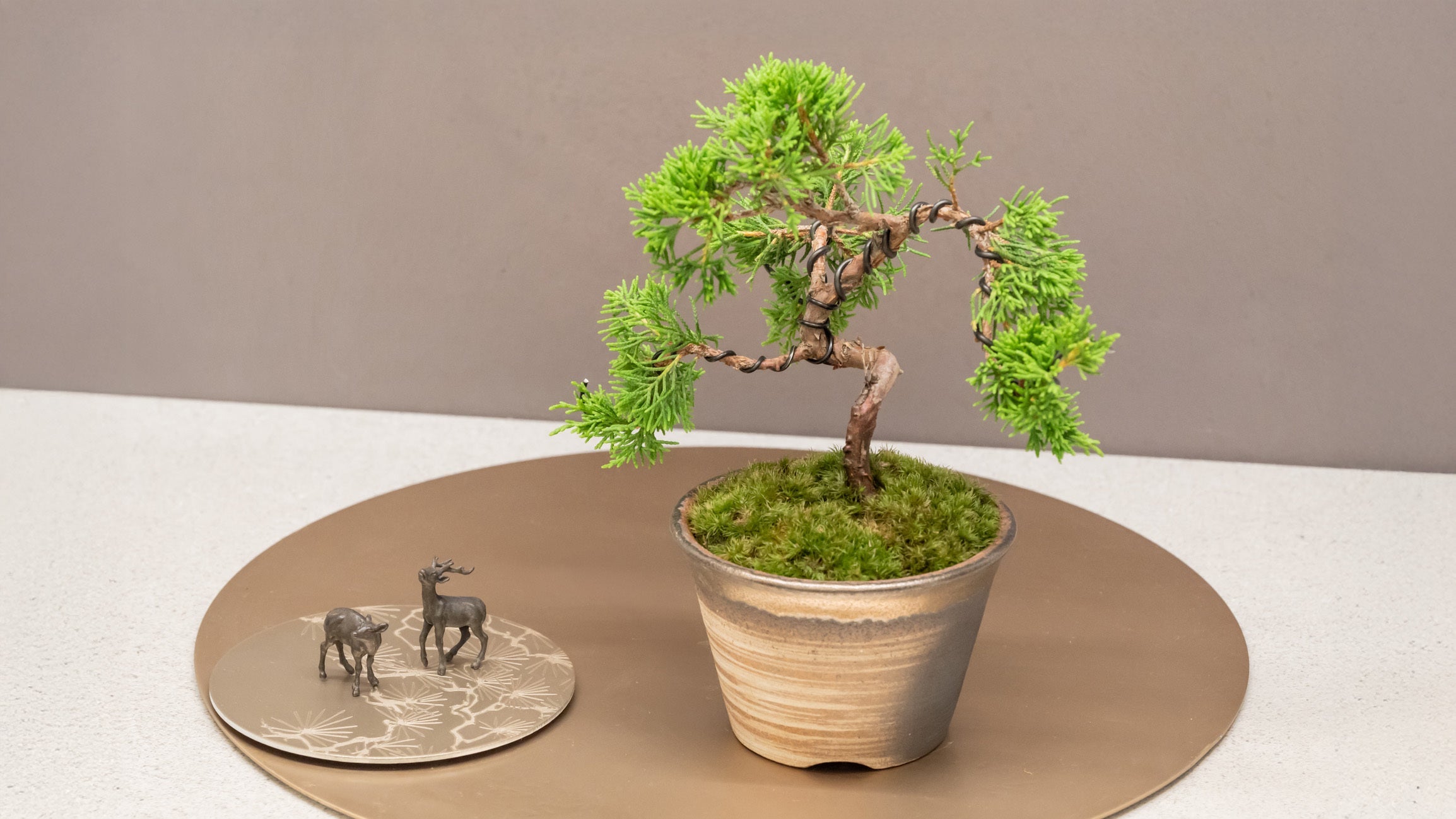


Leave a comment
This site is protected by hCaptcha and the hCaptcha Privacy Policy and Terms of Service apply.